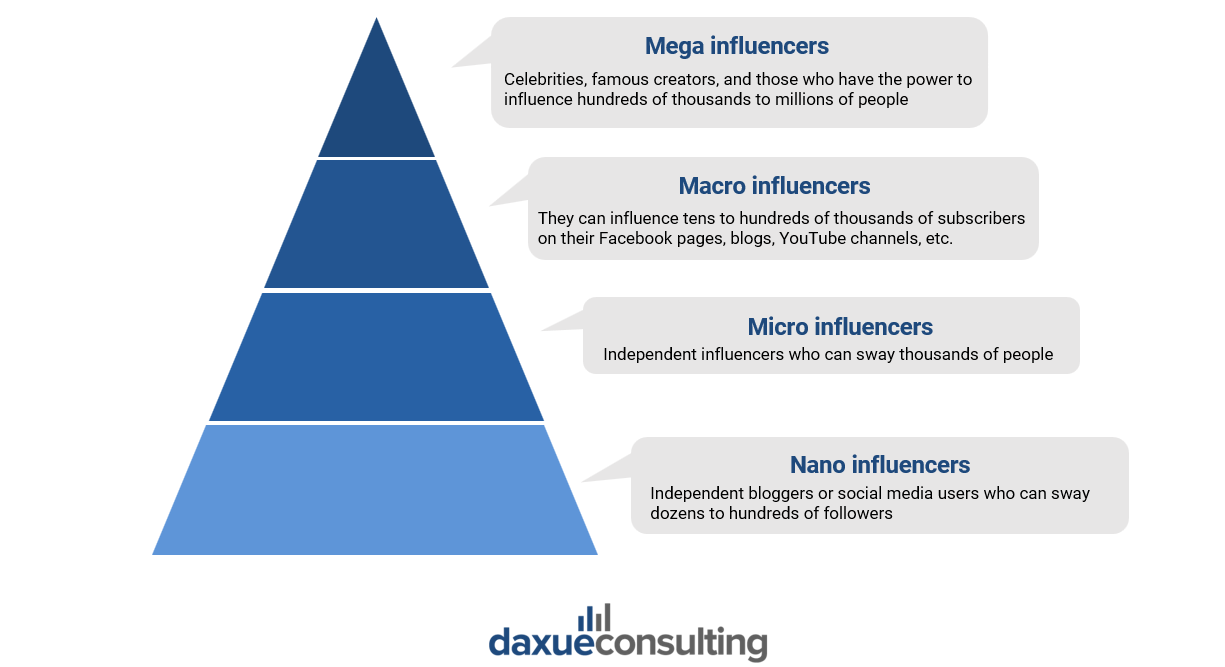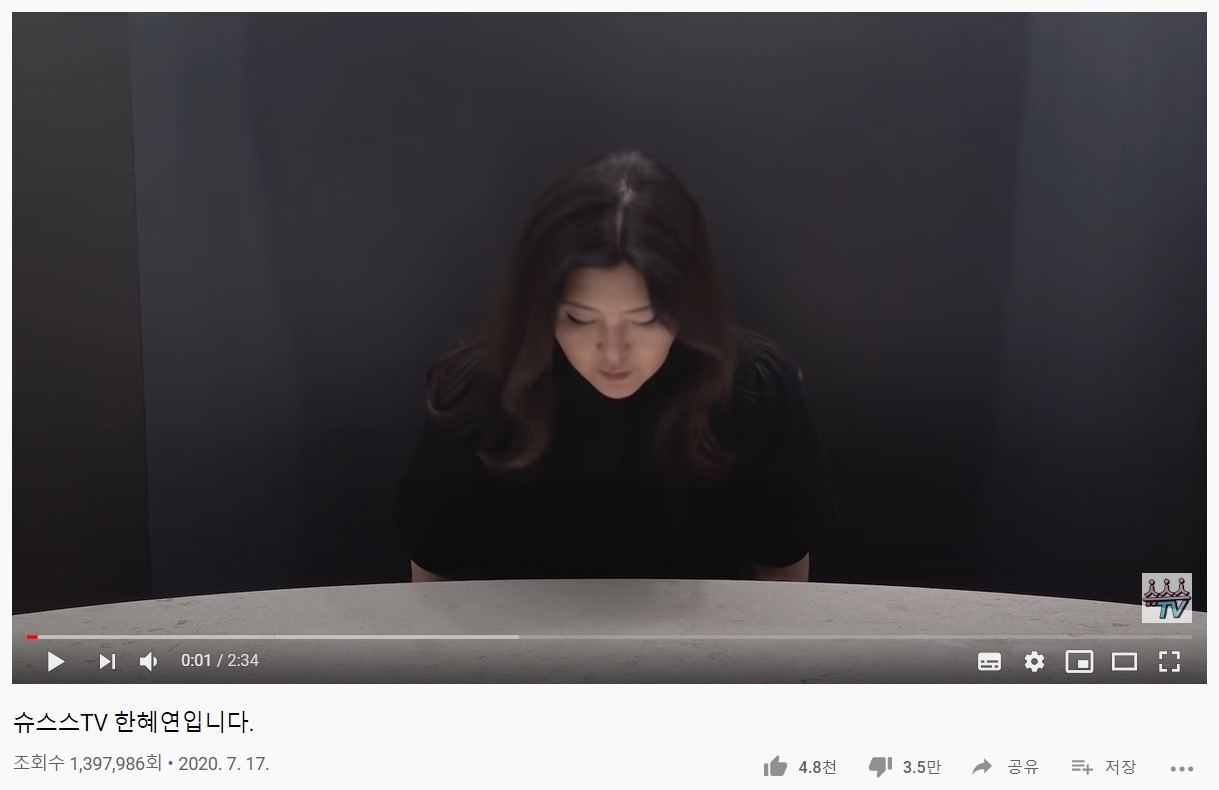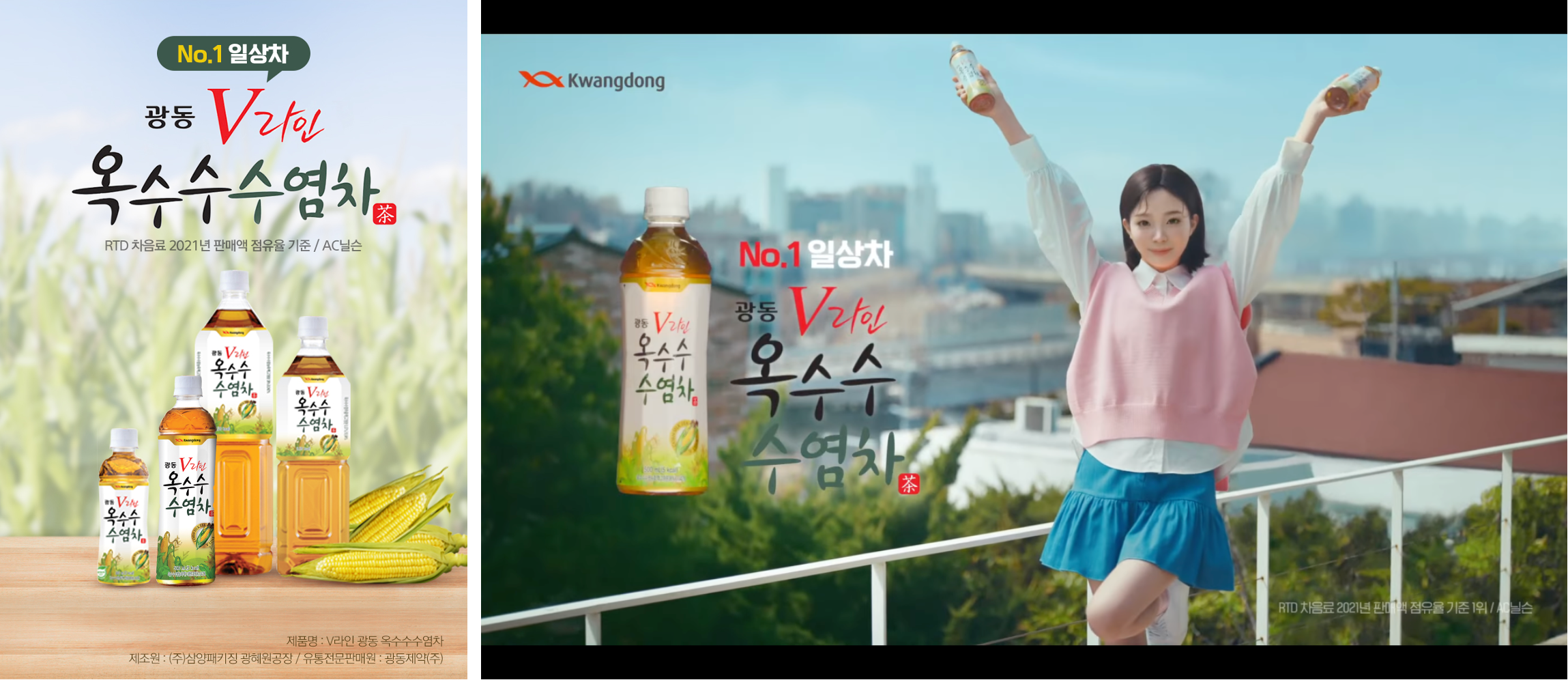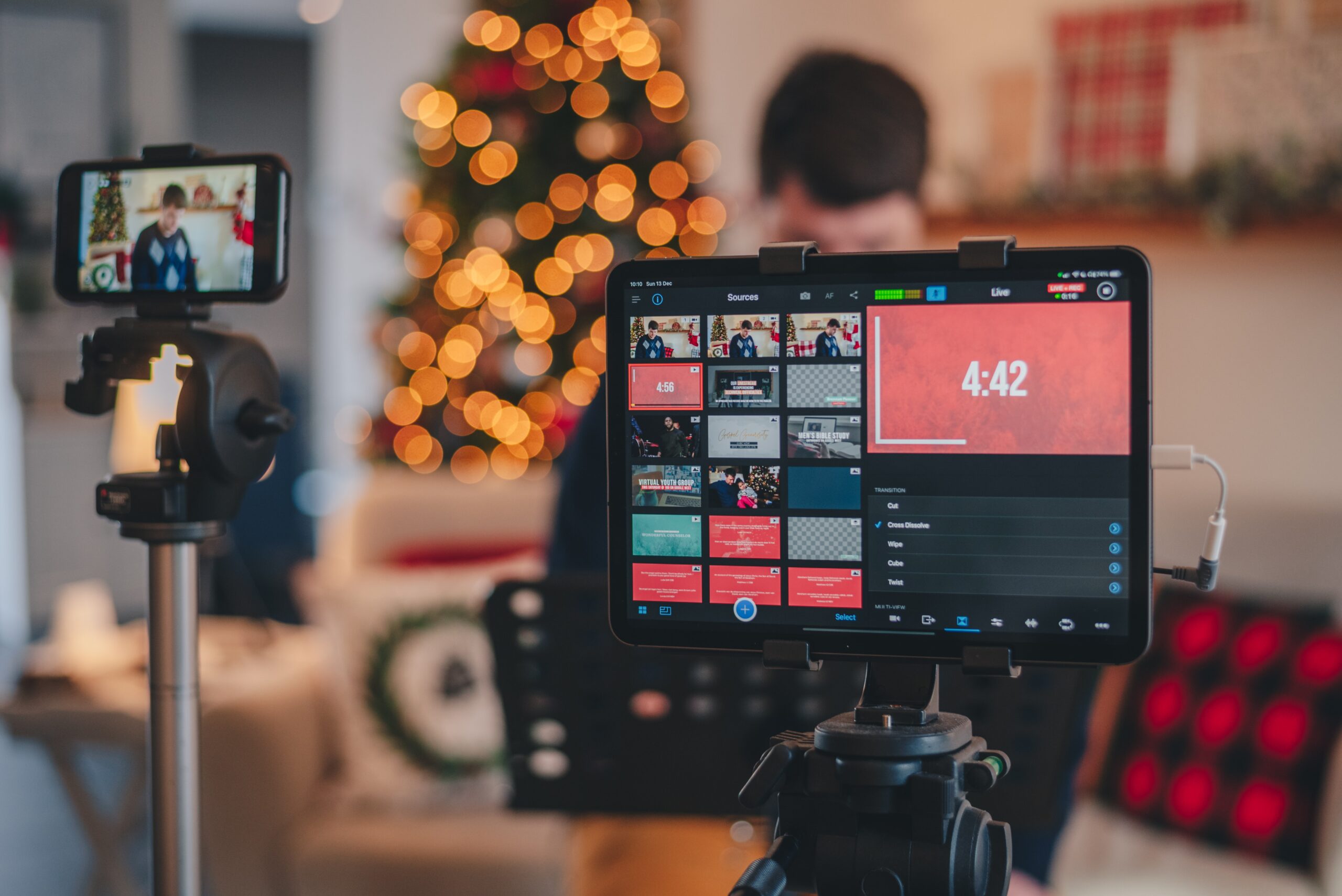Influencer marketing refers to the collaboration of influencers to market branded products and services. Interacting with people and buying items online has long become the new normal, contributing to the growth of influencer marketing worldwide. The estimated global market size of influencer marketing was USD 16.4 billion in 2022, twice the size it was in 2019. In South Korea, the domestic market was valued at about 12.3 billion won (or USD 10 million) in 2020, growing to an estimated value of 2 trillion won (USD 1.6 billion) in 2022. Influencer marketing has gained popularity among brands in South Korea, with both large as well as small- and medium-sized companies getting involved.
Micro and nano influencers are gaining momentum
Although companies have previously worked with top influencers in South Korea, more and more of them are redirecting their focus into lesser-known ones. Generally, influencers can be divided into four tiers according to their number of followers. At the top are mega influencers, who have the largest number of followers on social media, while nano influencers lie at the bottom. In between, there are macro and micro influencers.
Brands have started collaborating with micro and nano influencers, recognizing that having fewer followers is not necessarily a disadvantage. Despite having a smaller audience, these influencers often have stronger relationships and higher levels of engagement with their followers. According to a research by KB Finance, micro influencers typically have engagement rates ranging from about 25% to 50%, while mega influencers have much lower rates ranging from 2% to 5%.

The rise of influencer marketing in South Korea
Like other regions in the world, influencer marketing in South Korea is becoming increasingly ubiquitous. Influencers’ ability to create a friendly relationship with their followers is one of the major reasons behind such astonishing success. Many influencers specialize in specific fields, such as makeup, fashion, games, or travel, and they may even have a similar lifestyle to their followers. Therefore, they appear more approachable, encouraging people to build relationships and trust them.
Moreover, South Koreans, particularly the MZ Generation, tend to follow influencers who specialize in fields that interest them. Rather than purchasing products that are marketed by top celebrities, people are making more conscious and even self-expressive consumption choices.
A lesson learned the hard way: Honesty is key
In 2018, the Korea Fair Trade Commission revised its advertising guidelines, requiring influencers on social media platforms like YouTube (유튜브) or Instagram (인스타그램) to be clear about their collaborations with brands. Influencers must now state if the products they display are financially rewarded or intended for promotional purposes. In 2014, a few years earlier, there was a similar crackdown on “power bloggers”. Back then, the Korean government penalized well-known brands, such as Audi and Volkswagen Korea, for paying large sums of money to influencers in exchange for positive reviews.
In 2020, there was also another advertising controversy among YouTubers, resulting in many influencers posting apology videos and posts. These regulations demonstrate a growing concern about the transparency and authenticity of influencer marketing, as consumers demand more honest and trustworthy advertising practices.

Although the influencer’s channel matters, the content is becoming even more important
YouTube and Instagram are two of the most widely-used platforms for influencer marketing in South Korea. However, people are also exploring other platforms that their influencers may be on. For example, makeup influencer Leo J (레오제이) has over a million subscribers on YouTube and promotes beauty products across multiple platforms, not just YouTube and Instagram. By doing so, he leads his followers to explore and discover other channels and platforms beyond their usual go-to sites for beauty content. In January 2023, he uploaded a YouTube video promoting a skincare brand d’Alba (달바) and announced a live event on Naver Live Shopping (네이버 라이브 쇼핑).

In the past, the platform through which influencers communicated held significant importance, often giving them considerable power. However, nowadays, while the channel through which influencers communicate remains crucial, the quality of their content has become even more important.
Furthermore, to address the high cost of hiring influencers with a large following, companies have started co-creating content with them and publishing it on their own channels as another potential option.
The rise of virtual influencers in marketing
Virtual influencers are becoming increasingly popular in the world of marketing, alongside human influencers. Game companies such as Smilegate (스마일게이트), Krafton (크래프톤), Netmarble (넷마블), and Neptune (넵튠) are heavily investing in them. Initially, virtual characters were used to promote games, but they are now being utilized for broader marketing purposes.
For example, Smilegate’s Han Yua (한유아) appears in product advertisements. She was first created in 2019 as the protagonist of the company’s virtual game “FOCUS on YOU” (포커스 온 유)”. Soon after, in 2021, she opened an Instagram account where she regularly posts content and interacts with her fans. In 2022, Kwang Dong Pharmaceutical collaborated with her to promote their popular “Corn Silk Tea” (옥수수 수염차) to the MZ Generation.

Micro and nano influencers drive influencer marketing in South Korea
- Influencer marketing in South Korea is growing, with both large and small- and medium-sized companies leveraging it.
- In the past, brands mainly relied on celebrities. However, nowadays, businesses have turned their attention to micro and nano influencers.
- These kinds of influencers are valuable because they can build closer relationships with their followers, especially the MZ Generation. Indeed, they tend to be more approachable compared to celebrities and specialize in their followers’ field of interest.
- When influencers approach their consumers, honesty is crucial. It’s important to be transparent about sponsored content.
- While follower count is important, content quality is even more crucial. Followers are interested in content, not just in platforms.
- In addition to human influencers, virtual influencers have started to gain a social media presence. Some have even collaborated with brands to promote their products and boost brand awareness.





